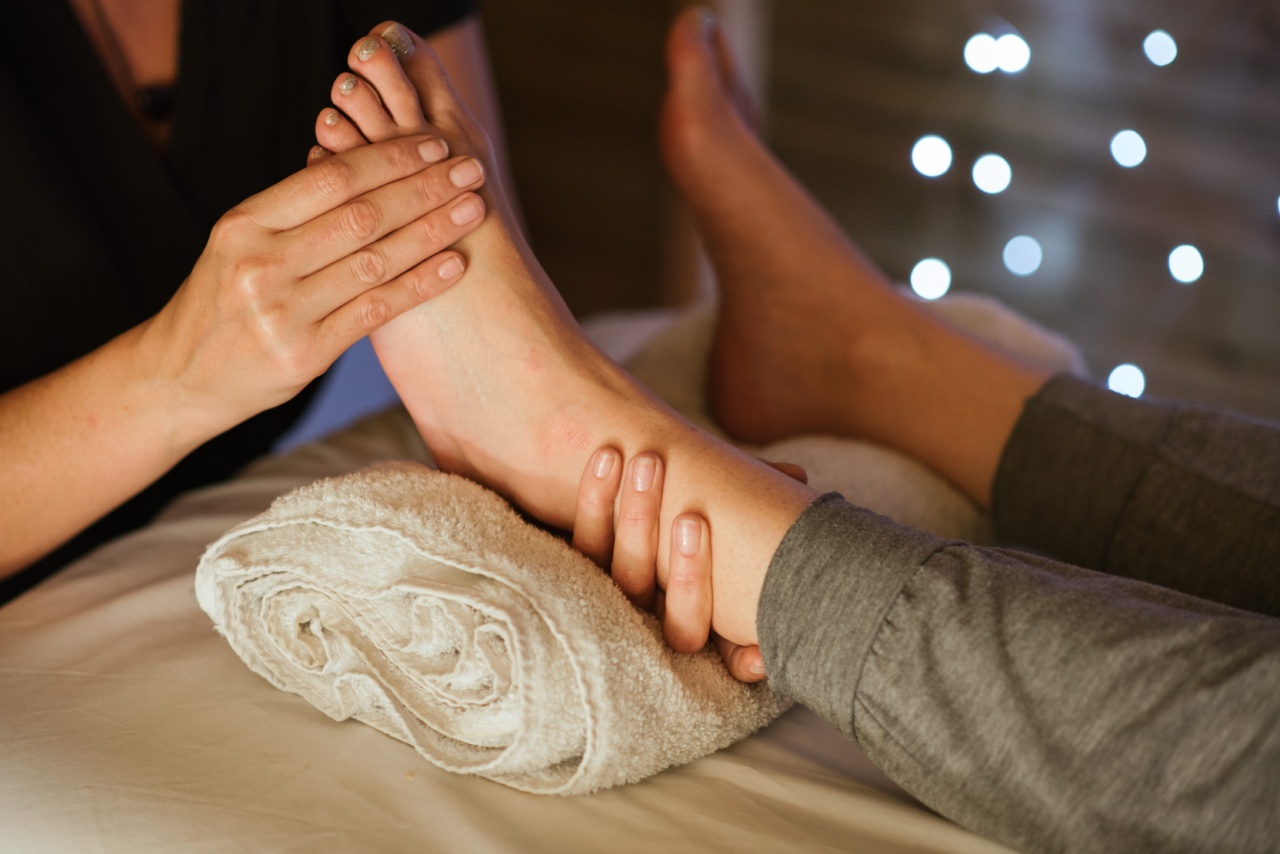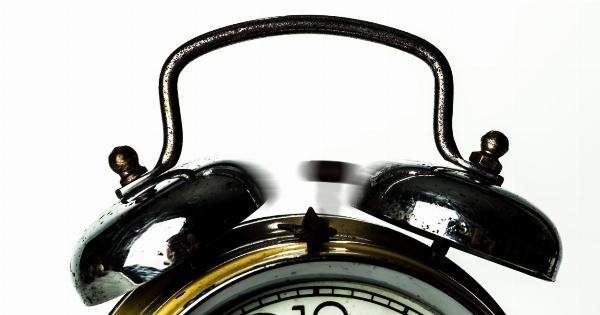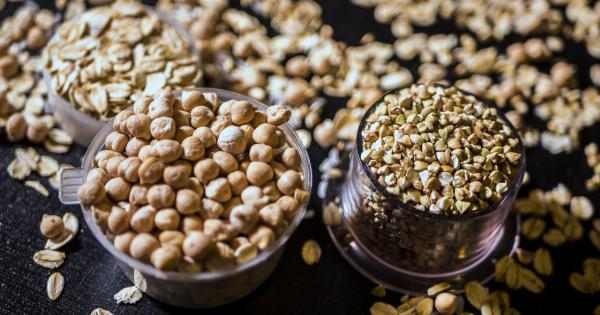Gout is a form of arthritis that affects millions of people worldwide. It is characterized by sudden and severe attacks of pain, redness, and swelling in the joints.
Gout is caused by the buildup of uric acid crystals in the joints, which can lead to inflammation and intense pain. While both men and women can develop gout, there are sex-specific factors that contribute to the development and management of this condition. In this article, we will explore sex-specific interventions for gout relief.
Gout in Men
Men are more likely to develop gout than women, with a prevalence three to four times higher. The primary reason for this gender difference is the influence of sex hormones, especially testosterone.
Testosterone tends to increase the production of uric acid, which can contribute to the development of gout. Men also tend to have higher levels of uric acid in their blood compared to women.
For men with gout, there are several interventions that can be helpful in relieving symptoms and preventing future attacks:.
Dietary Modifications
One of the key aspects of managing gout in men is making dietary modifications. This includes reducing the intake of purine-rich foods, such as red meat, organ meats, and certain types of seafood.
These foods can increase uric acid levels in the body and trigger gout attacks. Instead, men with gout should focus on consuming low-purine foods, such as fruits, vegetables, whole grains, and low-fat dairy products.
Weight Management
Obesity is a significant risk factor for gout in men. Losing weight can help reduce the frequency and severity of gout attacks. Weight loss should be achieved through a combination of a healthy, balanced diet and regular physical activity.
Exercise can also help improve joint flexibility and reduce inflammation.
Medications
There are several medications available for the treatment of gout in men. Nonsteroidal anti-inflammatory drugs (NSAIDs) can help reduce pain and inflammation during gout attacks.
Xanthine oxidase inhibitors, such as allopurinol, can lower uric acid levels in the blood and prevent the formation of uric acid crystals. In some cases, corticosteroids may be prescribed to provide quick relief from severe gout symptoms.
Gout in Women
While men are more commonly affected by gout, women can also develop this condition, especially after menopause. In women, the hormonal changes that occur during menopause can increase the risk of developing gout.
The decline in estrogen levels can lead to higher uric acid levels and decreased excretion of uric acid.
When it comes to managing gout in women, the following interventions can be beneficial:.
Hormone Replacement Therapy
Hormone replacement therapy (HRT) may be considered in women with gout who have gone through menopause. Estrogen replacement can help balance hormone levels and reduce the risk of gout attacks.
However, HRT should be discussed with a healthcare provider, as it carries certain risks and benefits that need to be considered on an individual basis.
Lifestyle Modifications
Similar to men, women with gout can benefit from lifestyle modifications. This includes maintaining a healthy weight, engaging in regular physical activity, and following a low-purine diet.
Avoiding excessive alcohol consumption, especially beer, is particularly important for women, as alcohol can raise uric acid levels and trigger gout attacks.
Medications
Medications commonly used for gout management, such as NSAIDs and xanthine oxidase inhibitors, are also beneficial for women.
However, it’s essential for women to discuss their medication options with a healthcare provider, as some drugs may have specific considerations during pregnancy or breastfeeding.
Conclusion
Gout is a painful form of arthritis that can significantly impact the quality of life. While both men and women can develop gout, there are sex-specific interventions that can help manage this condition.
For men, dietary modifications, weight management, and medications play a crucial role in gout relief. Women, especially those who have gone through menopause, may benefit from hormone replacement therapy, lifestyle modifications, and appropriate medications.
By tailoring interventions to each sex, individuals with gout can find relief and reduce the frequency of gout attacks.






























